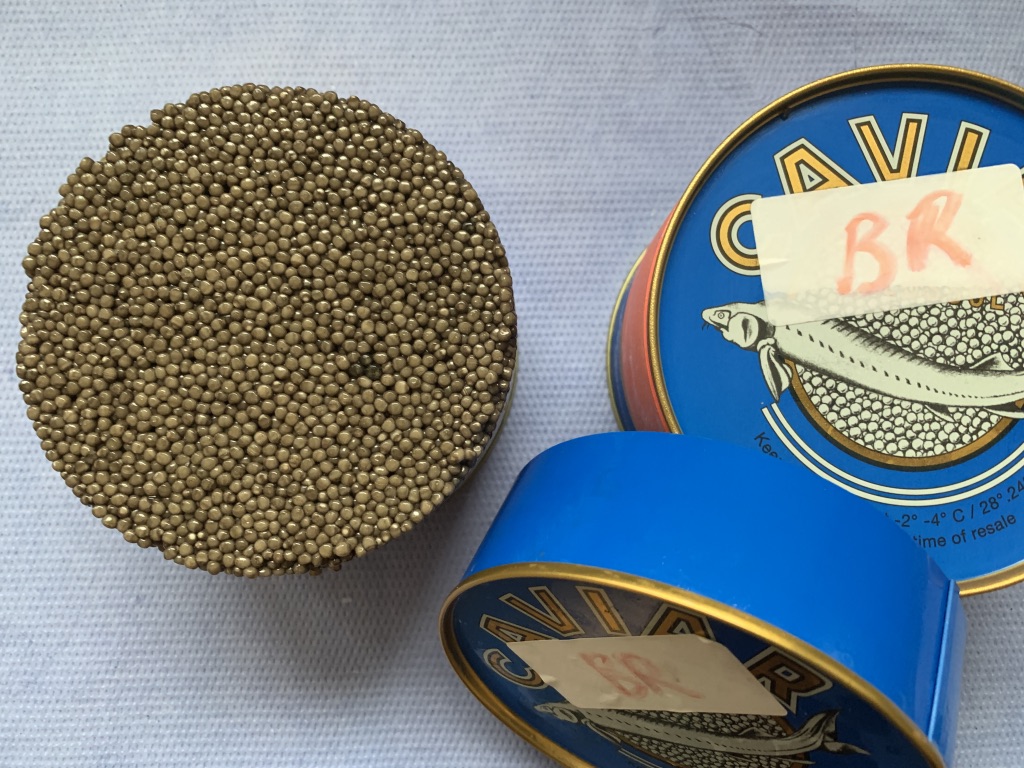How is caviar made?
16 June 2022
The first step is sifting. Once the gonads have been extracted and weighed, the placenta is passed over a nylon mesh sieve in this way the eggs, without breaking, separate from the placenta and fall underneath into a container. This procedure requires a lot of dexterity to avoid breaking the eggs: it takes care and tact.
Once this procedure is completed, the eggs are moved to the 'rinsing room', i.e. they are washed under cold water several times until the specialist is satisfied with the degree of cleanliness. This step can be repeated several times. Once the washing is deemed sufficient, the staff leaves the eggs inside large strainers to allow them to lose excess water.
Next, the eggs are moved to the 'salting room' where the process of salting the caviar begins.
This step is perhaps the most important of all, where precision and meticulousness is required. In fact, the eggs are divided by colour and size, trying to combine similar characteristics in the same batch. Once this step is completed, the eggs are salted. Salmo Pan uses a 'Malossol' salting method, i.e. low salt content: 3% to 3.3% salt. The salt used for salting is not an ordinary table salt as one might think, but a very pure salt, perfect for salting caviar.
This step holds all the secrets handed down from generation to generation that are never revealed by the master salters to ensure maximum success. Experience plays a key role in this process: manual dexterity and knowledge are essential for a perfect result!
Once the salting process is complete, the caviar is transferred into so-called original tins (original tins - large tins weighing from 1 kg up to 2 kg and more) are pressed with weights or machines to allow the air to escape and an elastic band is then placed around the tin so that the air does not re-enter. These tins are designed and patented for caviar processing; in fact, they have grooves on the sides where the liquids, produced by salting, escape from the tin and thanks to the sealing of the external elastic band, no air can enter.
Once the pressing stage is over, they are placed in cold storage at -2 °C -4 °C for a minimum of 2 months and a maximum of 2 years. This delicate phase is called the 'maturing phase' in fact it is during this period that the caviar changes taste and acquires the right body and intensity. As with wine, caviar will have a more intense and marked flavour if it is left to 'age' for a long time in its original tins. Thanks precisely to the salting process, which removes liquids, the longer the caviar spends maturing in the tins, the more it will bring together intense and strongly marked flavours. This step is at the discretion of the company, customer demand and the sales market.
Once the maturing time is over, the tasting phase begins, so get out the mother-of-pearl spoons and glasses of champagne or vodka... tasting time has finally arrived!


